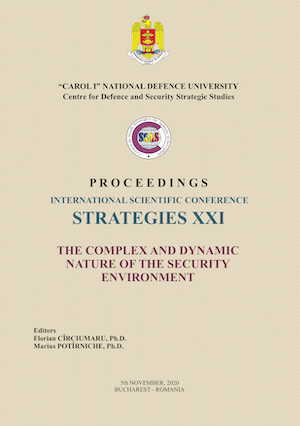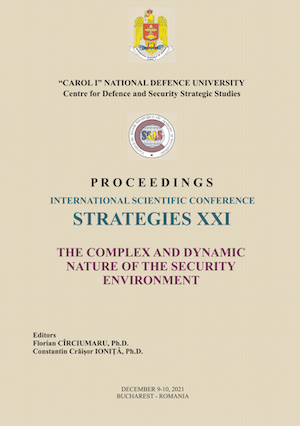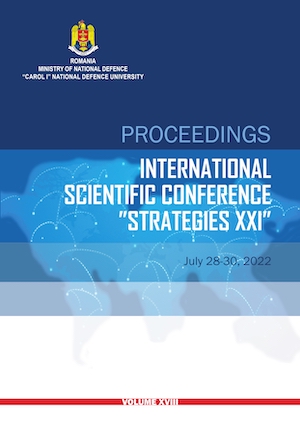
THE SECURITY IMPLICATIONS OF CRYPTOCURRENCIES
Cryptocurrencies were initially regarded as a technological curiosity and a way to put into practice the principles of the libertarian ideology. A decade later from the emergence of the first cryptocurrency, they have slowly made their way in many aspects of the real world and have been widely embraced, for legitimate or illicit purposes. Consequently, cryptocurrencies now have a variety of security implications, at national and even global scale. These implications derive first of all from their use for illegal activities (from terrorism to money laundering and financing the activities of organized crime networks), but also from their legal use, through their influence on the financial sector, on a country’s monetary policy or through private initiatives such as the Libra project initiated by Facebook. The purpose of this paper is to analyse these security implications and the measures that states can take to mitigate their negative impact.
More...

